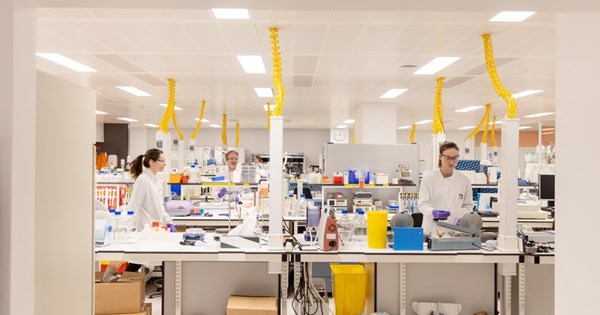Advancements in Visual Communication: The Role of AI in Medical Illustration ===
The field of medicine has always relied heavily on visual communication to convey complex concepts and procedures. From anatomical drawings to medical diagrams, illustrations have played a crucial role in simplifying information for both medical professionals and patients. With the advent of artificial intelligence (AI), the landscape of medical illustration has witnessed a groundbreaking transformation. AI technology has brought about a revolution in visual communication by providing innovative solutions that enhance the understanding of medical concepts. In this article, we will explore how AI is revolutionizing medical illustration and the power it holds in translating intricate medical concepts.
Visualizing Medicine: How AI is Revolutionizing Medical Illustration
Traditionally, medical illustrations have been created by skilled artists who painstakingly capture the intricate details of the human body or medical procedures. However, this process can be time-consuming and subject to human error. Enter AI, which has significantly revolutionized medical illustration by automating and enhancing the creation of visual representations.
AI-powered algorithms can analyze vast amounts of medical data and generate accurate and detailed illustrations. By training on large datasets, AI algorithms can learn to recognize anatomical structures, interpret medical imaging, and even simulate surgical procedures. This not only saves time but also helps produce illustrations with a higher level of precision and consistency.
Furthermore, AI is not limited to the replication of existing medical illustrations. It can also generate interactive and immersive visualizations that aid in the understanding of complex medical concepts. For example, AI-powered virtual reality tools can simulate three-dimensional representations of the human body, allowing medical professionals and students to explore and interact with anatomical structures in a more intuitive manner.
The Power of Artificial Intelligence in Translating Medical Concepts
One of the significant challenges in medicine is effectively communicating complex concepts to patients who may not have a medical background. Medical illustrations play a crucial role in bridging this gap, but often require interpretation and explanation. AI has the power to simplify and translate medical concepts in a way that is easily understandable to both medical professionals and patients.
Through natural language processing and machine learning, AI can analyze medical jargon and convert it into layman’s terms. This enables the creation of patient-friendly medical illustrations and educational materials, making it easier for individuals to grasp complex medical conditions, treatments, and procedures. Patients can now have a clearer understanding of their own health, leading to better decision-making and improved patient-doctor communication.
Moreover, AI can analyze patient-specific medical data, such as diagnostic reports and imaging, to generate personalized visualizations. This enables doctors to present patients with tailored illustrations that accurately depict their individual medical conditions, enhancing the comprehension and engagement of patients in their own healthcare journeys.
The advancements in AI technology have undoubtedly transformed the field of medical illustration. By automating the creation of accurate and detailed illustrations, AI saves time and improves precision. Through interactive visualizations and simplified translations, AI also enhances the understanding of complex medical concepts for both medical professionals and patients. As AI continues to evolve, we can expect further advancements in visual communication that will revolutionize the way we perceive and communicate medicine.


